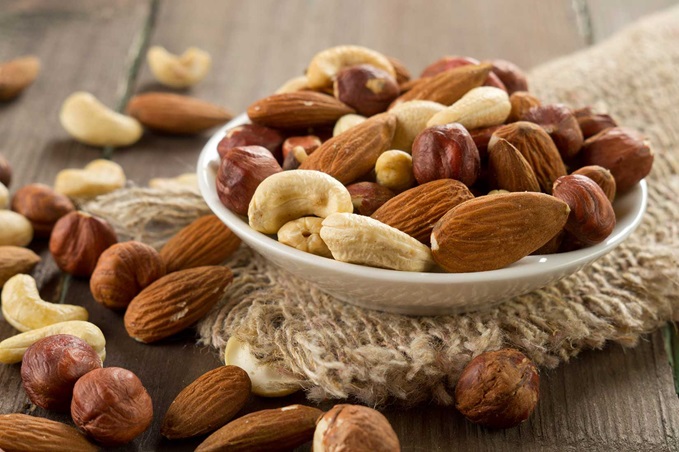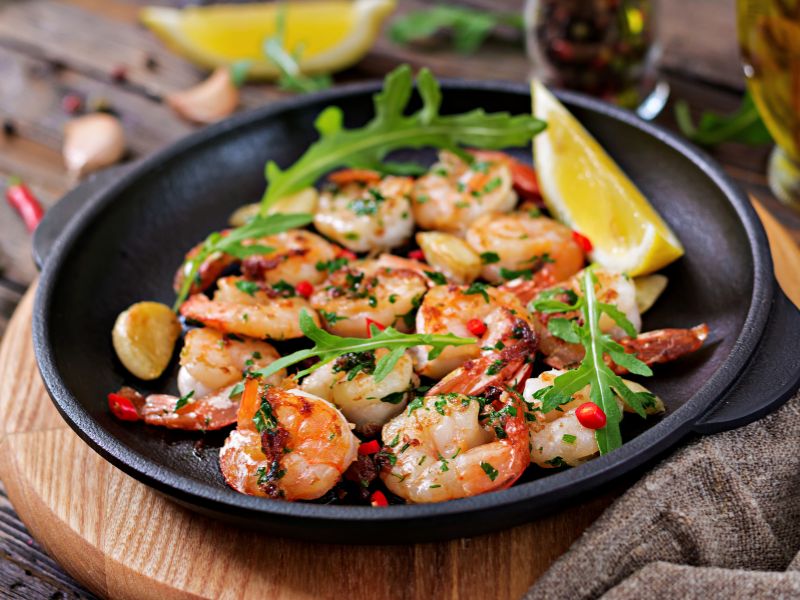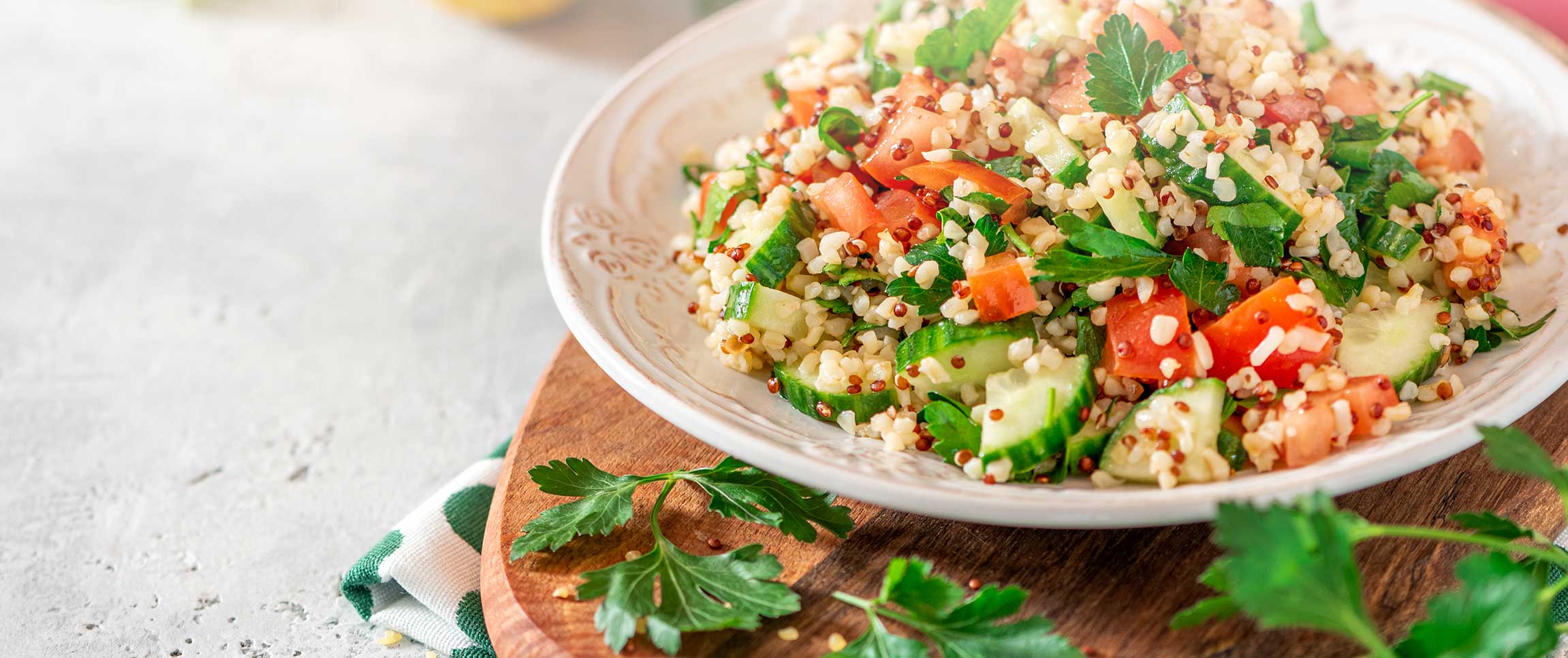What are some good sources of non-meat protein?
Quinoa and Other Whole Grains
Whole grains are an important source of protein. The best is quinoa, which is originally from South America. It contains all nine essential amino acids. As a result, it is considered a complete protein just like meat. Although quinoa is technically a seed, it is usually regarded as a grain and can be found next to other grains in your local grocery store or co-op. Other good whole grains are brown rice, barley, buckwheat and whole wheat. These grains lack the amino acid lysine and are best eaten with nuts or legumes (for example--beans, lentils, peanuts, peas).
 Eating Tips: Quinoa is simple and quick to make. Just add one cup of quinoa to 1 cup of water. Bring the water to a boil. Then reduce it to a simmer until the outer rings on the quinoa grains begin to separate and look like a halo (10-15 minutes). If the water boils off before the quinoa is ready, add a little more water. Add any sauce, oil, seasonings, or vegetables to suit your taste!
Eating Tips: Quinoa is simple and quick to make. Just add one cup of quinoa to 1 cup of water. Bring the water to a boil. Then reduce it to a simmer until the outer rings on the quinoa grains begin to separate and look like a halo (10-15 minutes). If the water boils off before the quinoa is ready, add a little more water. Add any sauce, oil, seasonings, or vegetables to suit your taste!
Nuts, Seeds and Nut Butter
Almonds, walnuts, cashews, pine nuts, and peanuts (which are classified as a legume) are all good protein sources for vegetarians, as are sesame and sunflower seeds. Unfortunately, they are also high in fat, so they should not be the main source of protein. Walnuts are a good source of omega-3 fatty acids. And some nut butters now contain added vegetarian-friendly omega-3s.
Eating Tips: Raw, toasted or in a butter/spreadable form, nuts and seeds are a great protein source. Try adding them to your morning oatmeal or salads. Avoid ones that are heavily salted; instead reach for the unsalted or lightly salted ones.
Legumes
Kidney, garbanzo/chickpeas, white, black, pinto, edamame (green soybeans), and lentils are just a few of the various beans available. These beans are easily digested and have twice as much protein as wheat and three times more than rice. But they are missing the amino acid methionine and are best eaten with a whole grain.
Eating Tips: Soak dry beans a day or two before you want to cook them. If you buy canned beans, rinse with water and drain them to remove some of the sodium added during canning. You can use frozen beans to save time and avoid extra sodium. Snack on hummus made from garbanzo beans or edamame with veggies and pita bread.



